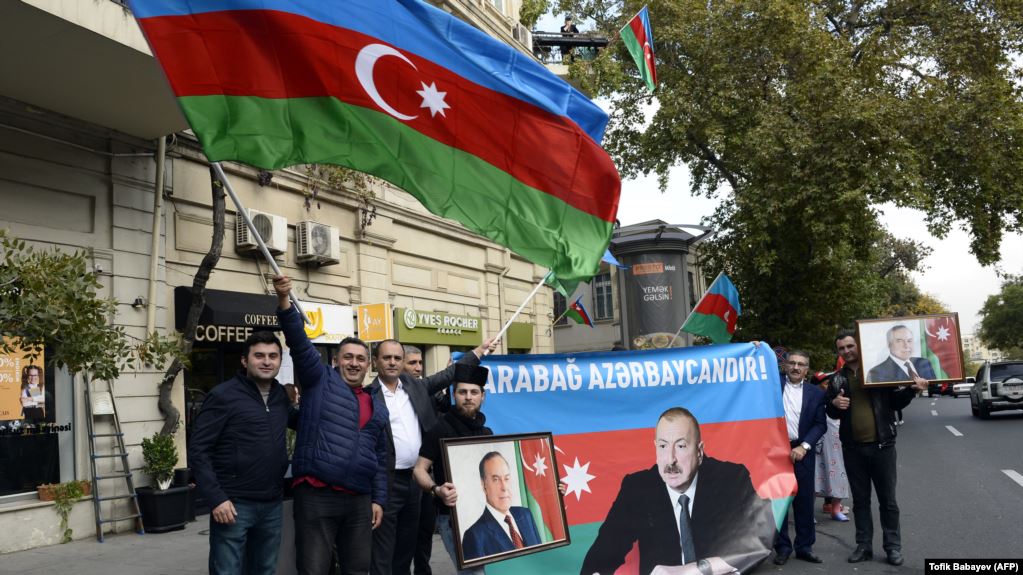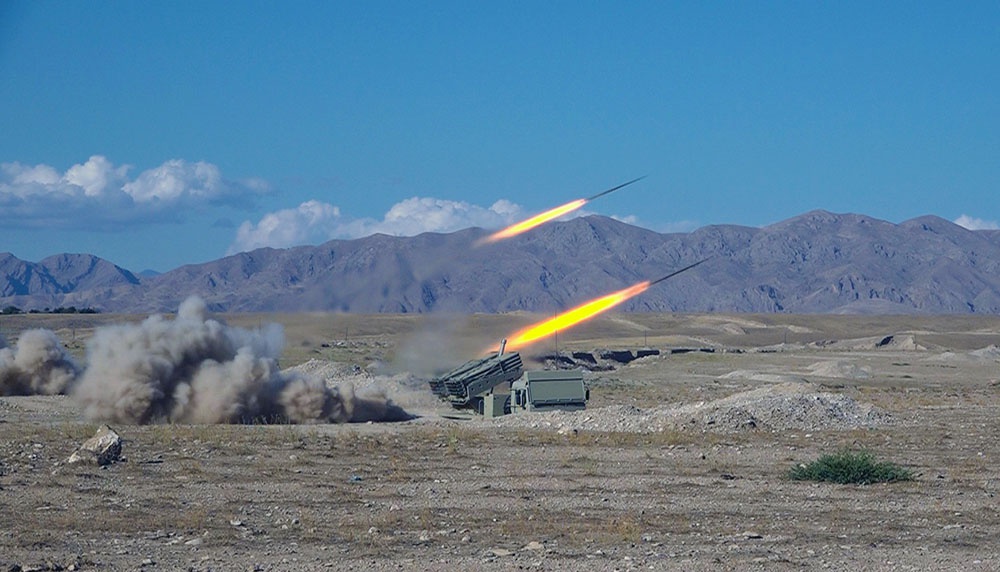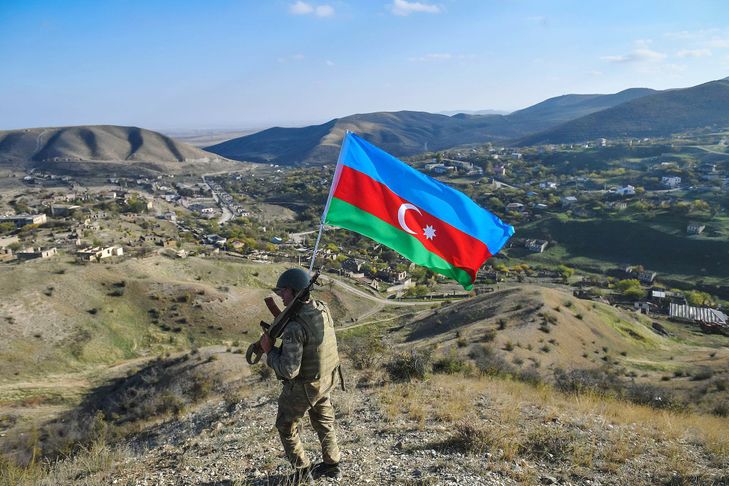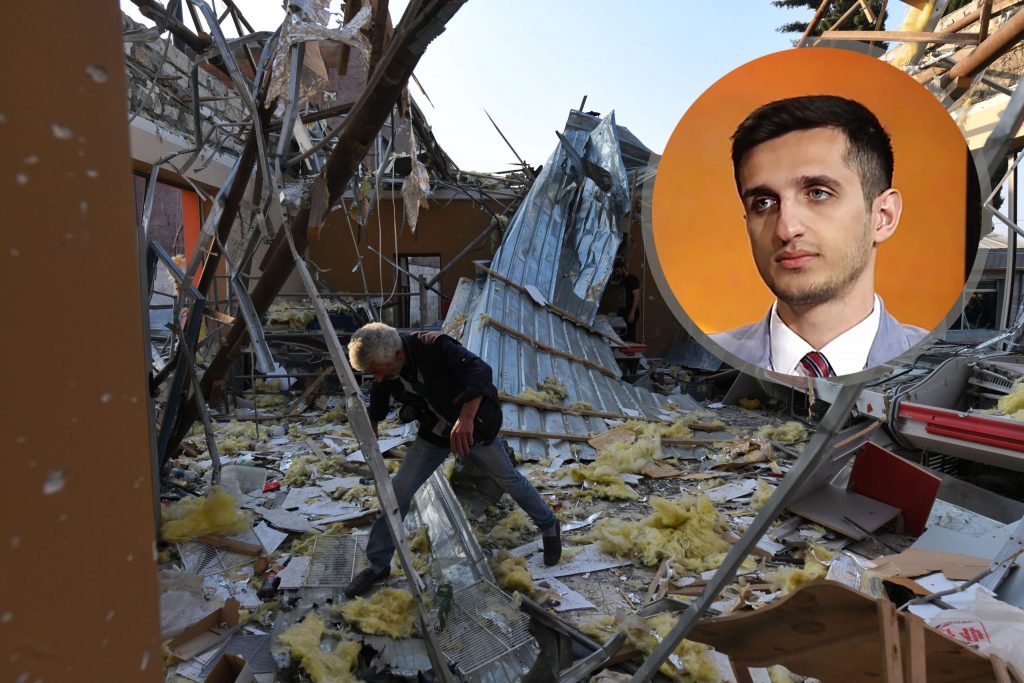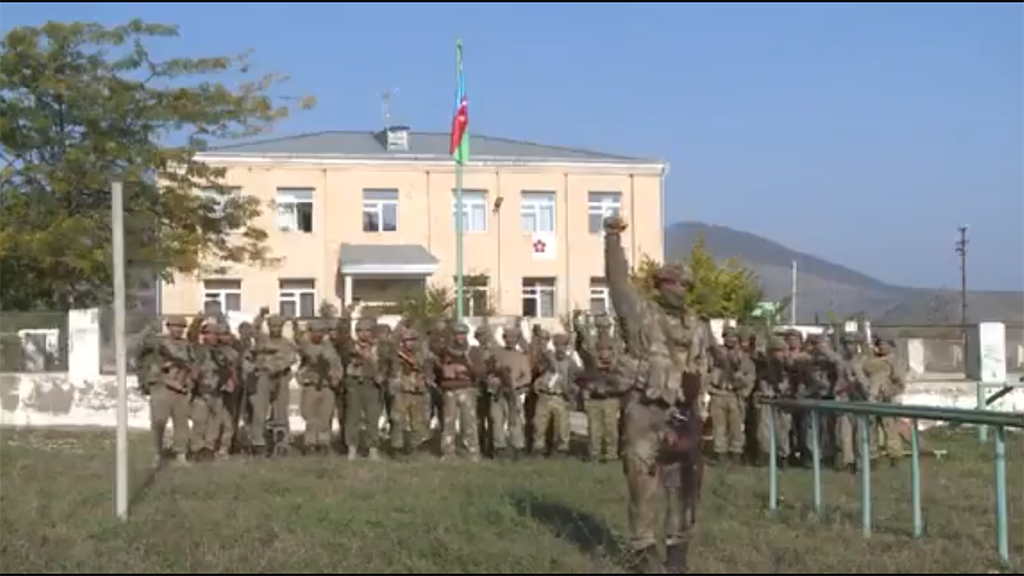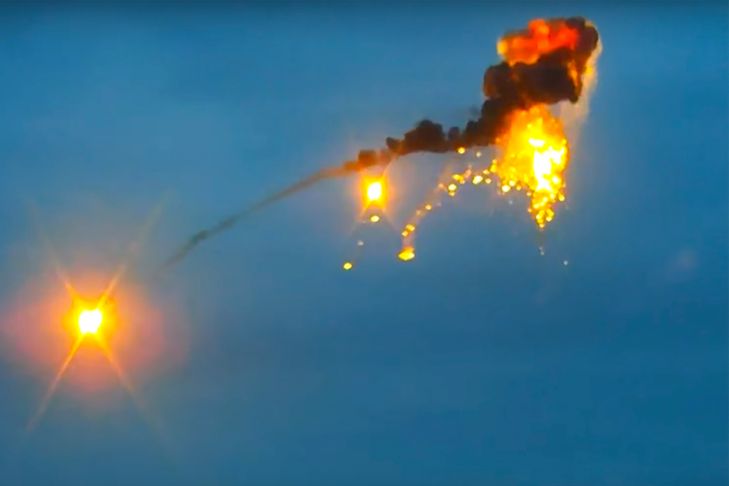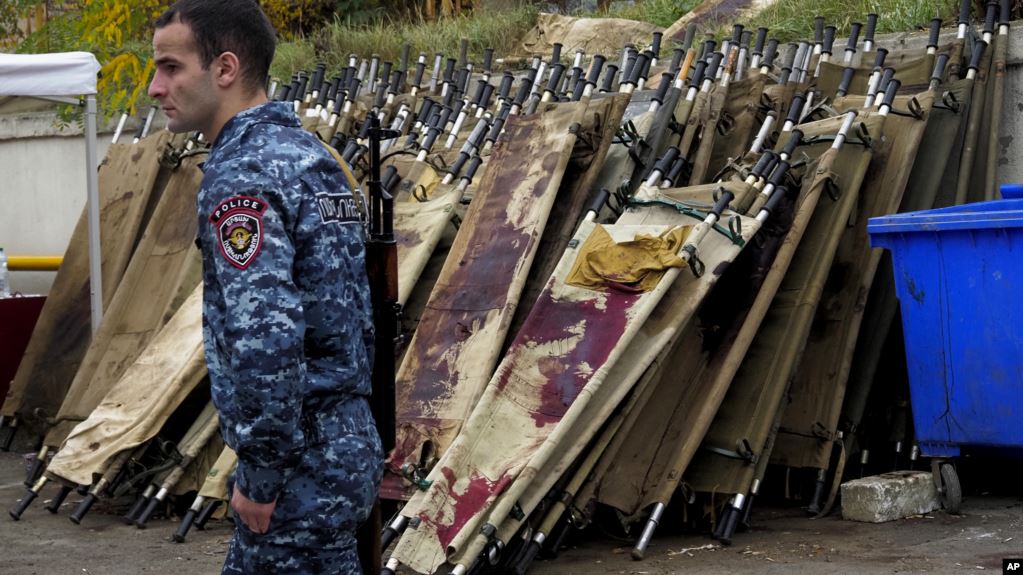
It took Azerbaijan just 43 days to win back its territory around the breakaway region of Nagorno-Karabakh — seven districts of mountains and foothills that had been occupied by Armenian separatists since Baku’s humiliating battlefield failures of the early 1990s. Analysts say three factors explain why Azerbaijan was so successful in the battlefield this time: technology, tactics, and Turkey.
Alex Melikishvili, a research analyst at IHS Markit Country Risk, says it was Turkish support for Azerbaijan that made the war “qualitatively different from all previous conflagrations.” Melikishvili says the presence of Turkish F-16 fighter jets at a military airfield in Ganca, Azerbaijan’s second-largest city, was “tangible confirmation” that the geopolitical balance in the South Caucasus had shifted in Azerbaijan’s favor.

